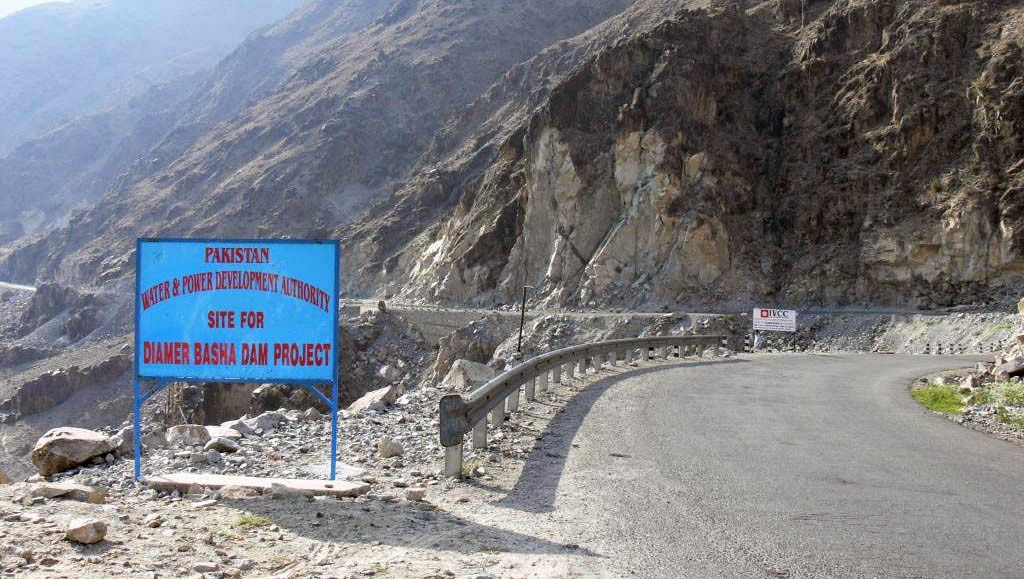
The government lacks foreign investment to start big power projects

The government is unable to start big power projects, including key hydro and thermal power projects like Diamer-Bhasha dam.
Mounting circular debt is a major problem in the power sector despite its initial reduction to some extent after payment of an amount of Rs480 billion by the federal government in July last year. But the circular debt amount has further piled up and it is hovering around Rs300 billion these days.
Under the National Power Policy 2013, the government envisages "the generation of inexpensive and affordable electricity for domestic, commercial, and industrial use by using indigenous resources, such as coal (Thar coal) and hydel."
The government has to push for completion of the projects. Lack of foreign investment is the main cause of delays in the completion of projects.
The government’s large power infrastructure programme includes many hydel power projects like Diamer-Bhasha (with 4,500 MW potential) and Bunji Dam (7,100 MW potential). But for these projects huge investment is required.
Other major hydel power projects include construction of Dasu dam with a potential of generating 2,160 MW power, Patan dam with a capacity of 2,800 MW, and Thakot dam of 2,800 MW.
About six projects with a capacity of 388 MW of hydel power are expected to be completed by February 2015. The smaller Patrind and Gulpur hydropower projects are expected to be completed by December 2017 and will add 247 MW to the grid.
An additional 969 MW is anticipated from the much delayed Neelum-Jhelum HPP project by November 2016. Moreover, a number of other major hydel projects are expected to come online in 2017, including the fourth and fifth Tarbela expansions, which have the potential to add 1,910 MW (1,410 MW in fourth expansion, 500 MW in fifth expansion).
Besides hydel power, the government is also tapping coal reservoirs for power generation. But coal power generation has other problems like polluting environment.
It is estimated that Sindh is blessed with huge reservoirs of coal, which if used for power generation, can produce over 100,000 megawatts of energy for the next 300 years.
The Sindh government has not been able to attract foreign investment for Thar coal. In June this year, Prime Minister Nawaz Sharif and former president Asif Ali Zardari jointly performed ground-breaking of the US 1.6 billion dollar Thar coal power project with a capacity of generating 660 MW of power by 2017.
The project is being carried out by Sindh Engro Coal Mining Company (SECMC), a joint venture between Engro Powergen and Government of Sindh.
An aggressive rehabilitation and expansion programme for generation companies (GENCOs) is being carried out by the government, which would add about 1,447 MW of electricity. This includes projects at Guddu, Jamshoro, and Muzzafargarh, which will yield 700 MW while the expansion of Guddu will add 747 MW.
Foreign investment climate in Pakistan is quite depressing. "Investment climate in Pakistan is not so conducive to attract foreign investment," says Tahir Basharat Cheema, former Managing Director of Pakistan Electric Power Company (PEPCO).
The federal government has recently held an international investment conference in the US to attract investment for this 4,500MW mega hydropower project, Diamer-Bhasha dam, but foreign investors are still reluctant to come at this stage.
"We need to mobilize local investment for initial work on Bhasha dam and this can be generated by floating Pakistan Power bonds or increasing public sector budget for the power projects under Public Sector Development," says former managing director, PEPCO.
"Foreign investors are least interested in the putting their money in power generation in Pakistan because previously private power producers faced problems, especially during Independent Power Producers (IPPs) crisis in 1997-98."
Policies in Pakistan are inconsistent and there is a lack of implementation of the laws in Pakistan, which is a discouraging point for the foreign investment in Pakistan.
With a capacity of 4,500 MW, the Diamer-Bhasha Dam needs an investment of $12.6 billion. Initially, Rs100 billion can be allocated for this project. When initial work is done, the foreign investors will certainly come and international financial institutions will then offer finances for purchase of machinery and equipment.